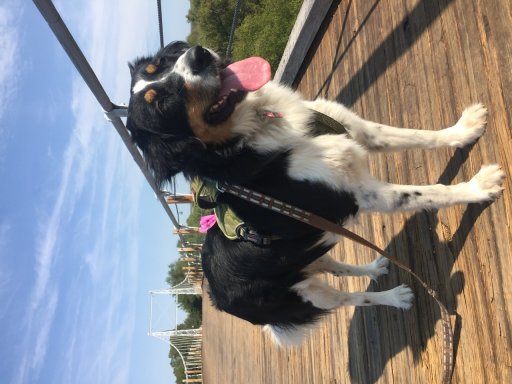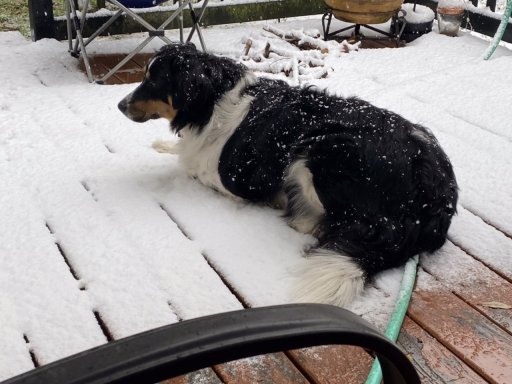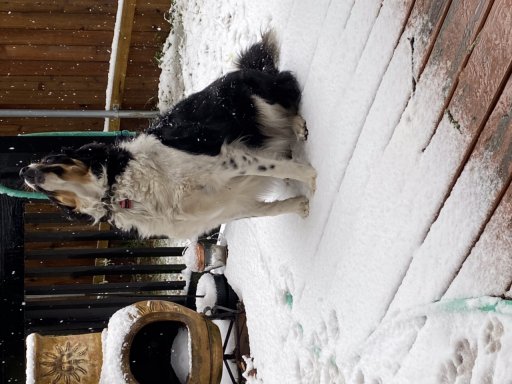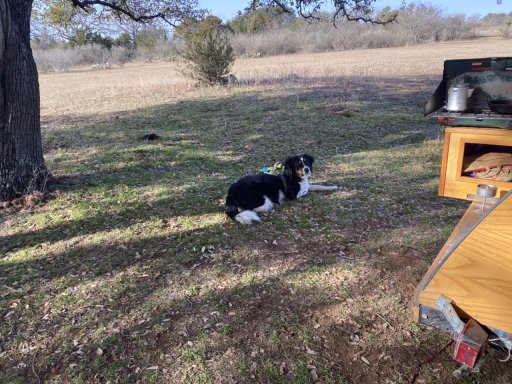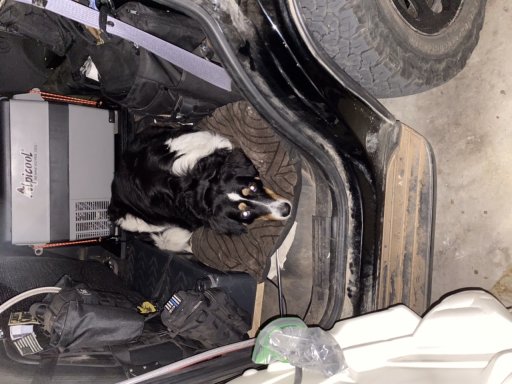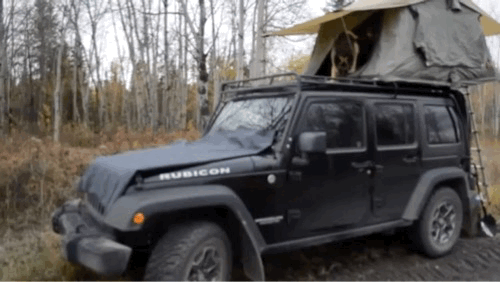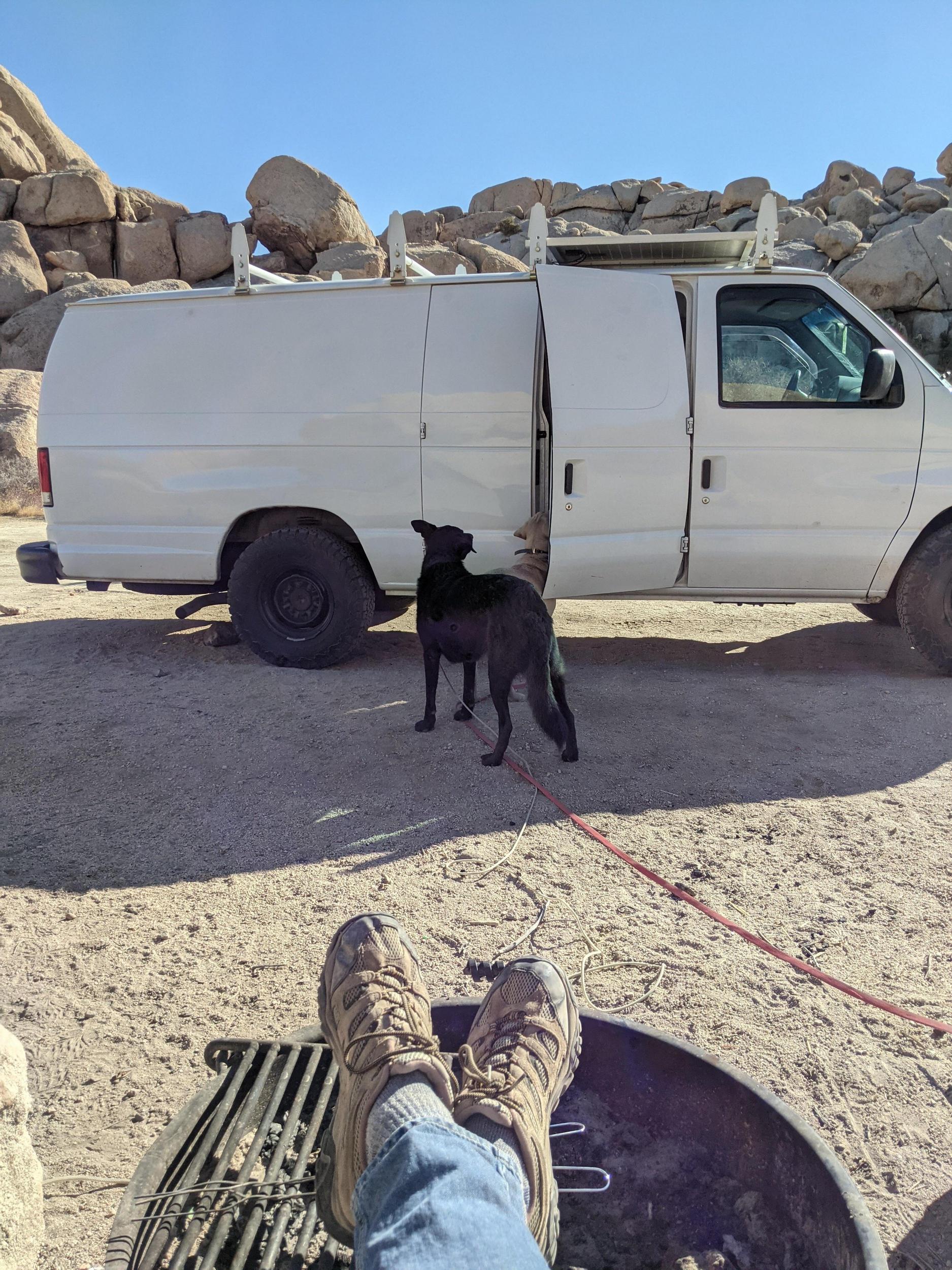
Influencer III
- 4,312
- First Name
- Rex
- Last Name
- Drake
- Member #
-
19540
- Ham/GMRS Callsign
- KI5GH
- Service Branch
- Air Force
My Bernese fits in my teardrop. She gets half and lets me have the other half.Same issue I'm running into here and looking for guidance. The plan is to get a 4Runner and then an off-road trailer. A lot of the trailers are basically queen size bed inside and that's all the space you have. Right now it could potentially work as our dog is only 50lbs, but, at some point I plan on getting a Bernese which will be 70+ and she definitely would not fit in the camper to sleep with us. My concern would be cold weather. The reason for the trailer will be for extreme temps. We could go out in the blazes of summer and have an A/C unit to be able to sleep cool at night OR go out in winter and have a heater to keep us warm. If I put the dog outside in an annex type situation or even in the truck, those extreme temps come into play, I don't want to kill my dog. hah
I'll probably poke around on here for trailer suggestions with extra space. Obviously, I can't have it all, small compact off-road worthy trailer with TONS of sleeping space..
Attachments
-
367.2 KB Views: 13
-
349.5 KB Views: 13
-
349.9 KB Views: 13
-
661.5 KB Views: 13
-
370.8 KB Views: 13

